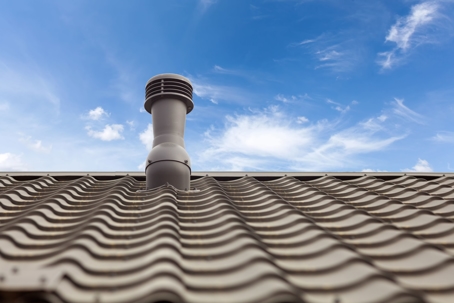What many homeowners donandrsquo;t know is that various areas of their home and various systems are all connected. Your home is much like the human body: while different parts control different things and have different jobs, a problem in one can have a serious effect on another, leading to widespread issues. One example of this is your atticandmdash;did you know that the conditions in your attic can actually have a huge impact on the conditions in the rest of your home?
For many people, the attic is an area thatandrsquo;s completely cut off from the rest of the home, so the thought of the conditions there affecting what goes on down below may seem a little hard to comprehend. However, an attic thatandrsquo;s in good condition is critical for a healthy and effective HVAC system. On this blog, weandrsquo;ll show you why.
A Giant Ball of Heat
Warm air will naturally rise to the top of your home, so logically the warmest point in your home is going to be at the top of your attic. However, the attic in general tends to be one of the warmest areas of your entire home. This is especially true during warmer months, when brutal sunlight and sweltering outdoor temperatures can drive up attic temperatures to 130 degrees Fahrenheit or more.
With that kind of a giant ball of heat sitting above your home, itandrsquo;s inevitable that some of that heat is going to penetrate down into the rest of your home below. Having good insulation between your attic and the rest of your home can prevent this to a certain extent, but it will never fully get rid of it. This is why many two-story homes struggle with higher temperatures in their upstairs rooms, and why no amount of adjusting or blasting the air conditioner can seem to cool these rooms downandmdash;the heat simply gets shoved right back due to the sweltering conditions in your attic.
Ventilating Your Attic
This is why good ventilation is critical in your attic. Good ventilation will have exhaust vents located up near the top of your roof, ideally at its peak and fresh air intake vents down below that are unblocked and uninhibited. As the air in your attic heats up, it will naturally leave your home through the vent at the top of your roof. It will then be replaced by cooler air from the vents located down below. This cycle keeps the temperature in your attic ambient with the air outside, and with no more of a difference than roughly two to three degrees.
When your air conditioner doesnandrsquo;t have to overcome such a massive amount of heat in the attic overhead, youandrsquo;ll find that it works much better, specifically in these upstairs rooms. This means reduced running cycles, reduced time of each cycle, less energy used and less wear and tear on your HVAC system as a whole. That means less money out of your pocket.
The Effect on Your Roof
Attic ventilation is also important for the health of your roof as well. When your ventilation is poor, humidity can become trapped in the heat. This humidity can then wreak havoc on the wood structure that creates your roof, and even lead to issues like mold and mildew growth. Mold and mildew can cause you to become ill and the spores can get into your HVAC system as well, where they can settle in your air ducts, clog up your air filter and generally make the quality of the air in your home suffer for quite a long time until the issue can be resolved.
Do you have rooms in your home which you canandrsquo;t seem to figure out how to keep cool in summer? Call the San Jose air conditioning experts at Valley Heating, Cooling, Electrical and Solar at (408) 868-5500 today to request a service quote.

